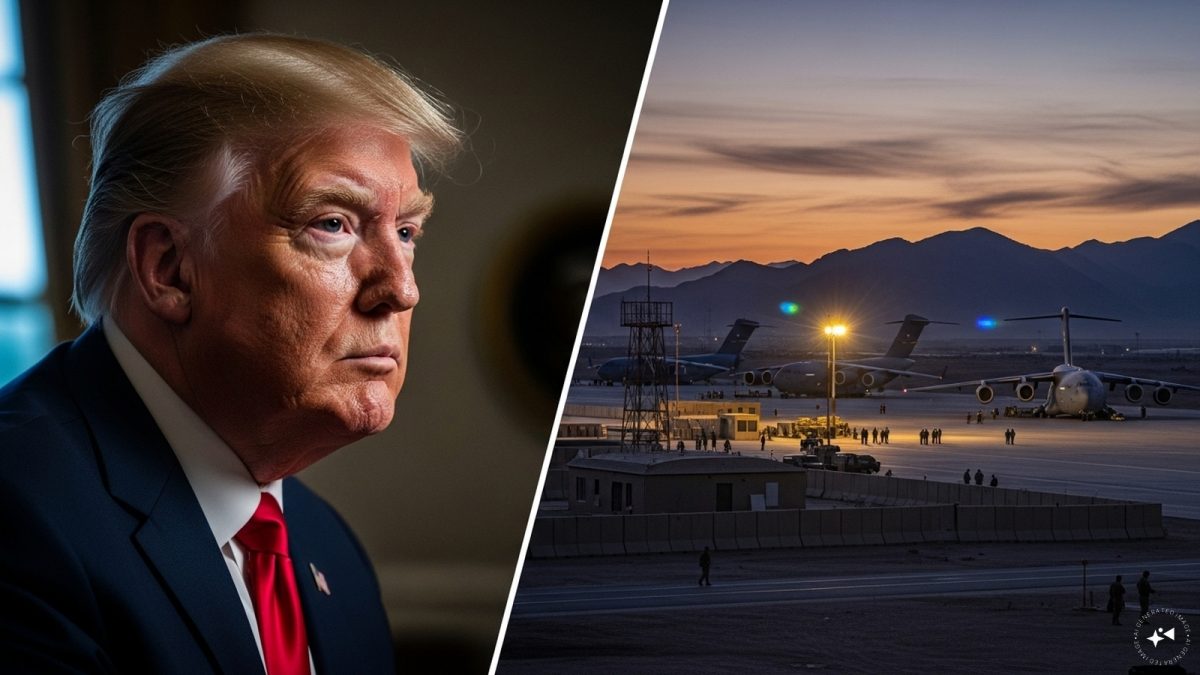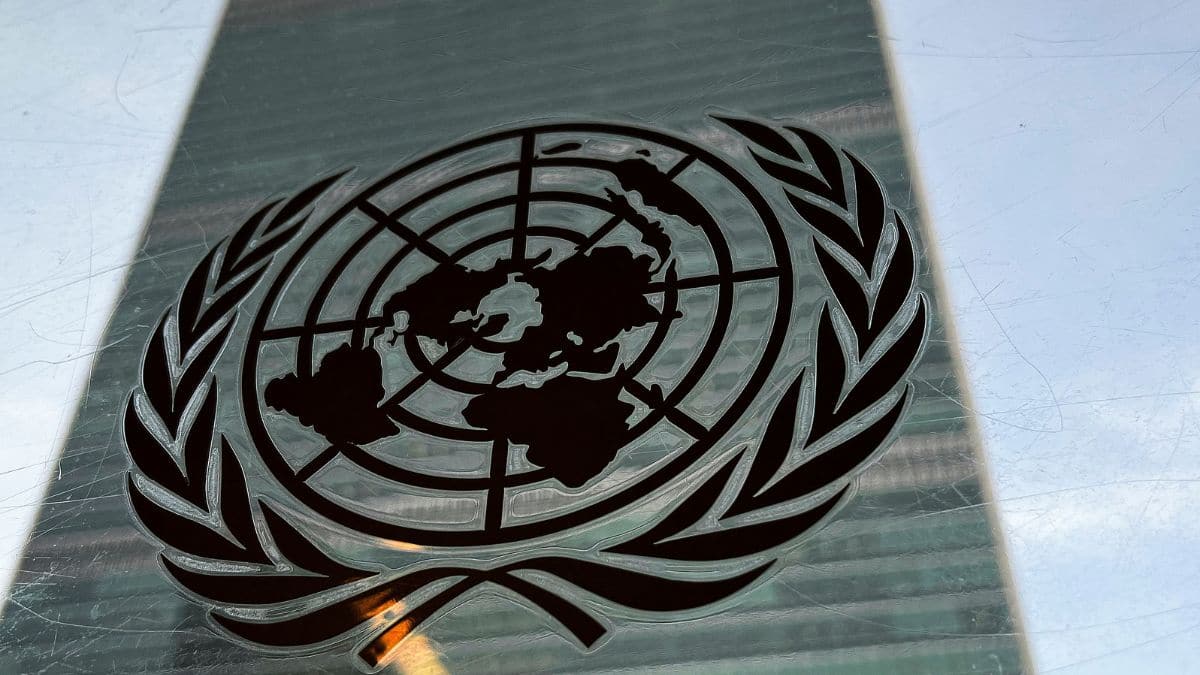As I read President Donald Trump’s recent remark about US interest in getting back the Bagram airbase in Afghanistan, a memory going back to April 1996 stirred. I was then Joint Secretary in charge of the Iran-Pakistan-Afghanistan (IPA) Division in the Ministry of External Affairs. I travelled to Afghanistan to meet with the leaders of the Northern Alliance, including President Burhanuddin Rabbani and the legendary lion of Panjshir, Ahmed Shah Massoud. They were based in Kabul.
The country’s capital city was under Massoud’s control, but on its outskirts were the forces of the Hizb-e-Islami chief Gulbuddin Hekmetyar. They bombed the city from time to time, and Kabul airport was within their range. Hence, the Bagram airbase built by the Russians was used by Afghanistan’s airline, Ariana. I landed there mid-morning and drove to Kabul through the green Shomali plains with the spurs of the Hindu Kush mountains to the west, still with snow on their peaks, in sight.
I visited the city again, landing in Bagram once more, a fortnight before the Taliban captured it from Massoud in late September 1996. He retreated to Jabal Saraj, the gateway to the Panjshir Valley. Ironically, I could not visit Bagram again even though I was stationed in Kabul from March 2002 to January 2005 as India’s ambassador to Afghanistan. The Americans had established Bagram as the central hub for their military operations in Afghanistan.
Now, four years following their humiliating withdrawal in August 2021 from Afghanistan, Trump wants Bagram back! In a joint press conference in London on September 18 with British Prime Minister Keith Starmer, Trump, while responding to a question on the Ukraine war, expressed his disappointment with Russian President Putin for continuing with it. From there he repeated what he has said many times: that had he been president, Putin would never have attacked Ukraine. Trump mentioned that Putin did not respect his predecessor.
Impact Shorts
More ShortsAs an illustration of the Biden administration’s weakness, he brought in the US departure from Afghanistan in August 2021. He said, “They just went through the total Afghanistan disaster for no reason whatsoever. We would have left Afghanistan, but we were going to leave it with strength and dignity. We were going to keep Bagram, the big airbase, one of the biggest airbases in the world. We gave it to them for nothing. We are trying to get it back, by the way…we are trying to get it back because they need things from us. We want the base back. One of the reasons we want the base is…[it is] an hour away from where China makes its nuclear weapons.”
Taliban military and civilian officials have rejected Trump’s demand for the Bagram airbase. The military officials assured the Afghan people that not an inch of their country’s territory will be ceded. The civilian officials have invoked the US-Taliban agreement of February 2020 (signed during Trump’s time as president). They note that in the agreement the US committed “not to use force or threats against Afghanistan’s territorial integrity and political independence, and not to interfere in its internal affairs”. An Afghan media report mentions that the Afghan official spokesman emphasised “in a statement on Sunday, September 21, that in multiple rounds of talks with Washington, the Taliban had made clear they would not cede Afghanistan’s territorial integrity”.
Trump did not respond to press questions about whether he was willing to send troops to take over Bagram, but he told reporters, “We won’t talk about that,” Trump said. “We want it back, and we want it back right away. If they don’t do it, you’re going to find out what I’m going to do.” He also posted on Truth Social. “If Afghanistan doesn’t give Bagram Airbase back to those that built it, the United States of America, BAD THINGS ARE GOING TO HAPPEN!!! President DJT”. Bagram was initially built by the Soviets, but it was enormously expanded and modernised during the twenty years it was under US control.
Clearly there are talks taking place between the Trump administration and the Taliban. The US would not like China and Russia to have a free run in Afghanistan for security and economic reasons. There is a concern for not allowing Afghanistan to once again become a base for international terrorist groups. This is a worry that is shared between China, Russia, the US and Pakistan. However, their worries arise from the activities of different groups. For the US it is the Islamic State of Khorasan, which is at odds with the Taliban too.
At the same time, the Taliban has an affinity with Al-Qaeda, but the US is committed to controlling it. It had targeted Ayman al-Zawahiri, the successor to Osama bin Laden, and killed him in a drone strike in the centre of Kabul in July 2022. He was living in a Taliban safe house and under the group’s protection. By doing so, the US had effectively demonstrated to the Taliban that it had the ability to take out individuals through aerial strikes.
China’s main concern stems from Uighur militants living in Afghanistan. It was constantly urging the Republic to not allow any members of the group to take shelter there. China would be urging the Taliban to do the same. For Russia the worries are both with Islamist groups such as ISIS-Khorasan and also with groups that are still unreconciled to its influence in specific Central Asian Republics such as Tajikistan. And Pakistan’s relations with the Taliban are deeply negative because it believes that the group is allowing great space to the Tehreek-e-Taliban-e-Pakistan (TTP) and the Baloch militants to carry out attacks in Khyber-Pakhtunkhwa and Baluchistan provinces and then take refuge in Afghanistan.
The other security concern that the US has in Afghanistan comes from China consolidating its position there. There is no indication, as yet, that China will want to station its troops in that country. However, Afghanistan’s strategic location would give it great advantage if it gained influence and access to Taliban security and intelligence structures. For this purpose Trump would like Bagram, from where he could keep an eye on the region.
There was a view that the US would not leave Bagram despite its February 2020 agreement with the Taliban. That opinion was premised on the US succeeding in getting a participative political structure in place which would have included the Taliban and the Republic. The collapse of the latter ruled that out completely. It is difficult to visualise now the Taliban agreeing to give Bagram to the US in exchange for diplomatic recognition and the unfreezing of its assets.
Besides, with Russia giving the Taliban diplomatic recognition and China sending its ambassador to Kabul (though it has not formally recognised the Taliban regime), the group is now certain that its global isolation will end sooner rather than later. International concerns about its gender policies continue—and they are unlikely to change their core beliefs—but the group has not gone the way it went in the 1990s in brutally imposing sharia on the people.
The Chinese desire is to integrate Afghanistan economically with its western region. The mineral wealth of the Hindu Kush is the main attraction. Deposits of iron ore and copper are known, but rare earths and lithium deposits are also there. The US would like a share in this wealth also. This would also give the Taliban the assurance that the US would inevitably confer legitimacy on the group.
The Taliban has seen Trump’s tantrums against Pakistan during his first term for providing sanctuaries to the group. These threats were never operationalised, and Pakistan did not change course. With this history, why should it now take Trump’s words seriously? It would be aware that Trump can target its leaders in Kandahar and Kabul. It is not unlikely that Pakistan would urge him to take out the leaders in Kandahar and go softer on the eastern groups such as the Haqqanis with whom it has old contacts. However, these fears would not lead the Taliban to hand over Bagram. Indeed, any precipitate US action would allow China and Russia to make further inroads into Afghanistan.
All in all, Trump’s desire that the Taliban hand over Bagram to the US is a non-starter for the present. And, there is no question of Bagram being sustainable if the Taliban are opposed to it. There is currently no viable Afghan opposition capable of seizing and holding territory, including Bagram. It is difficult to foresee that Trump would think on those lines, for it requires the Tajiks to agree to give a base to the opposition, massive US support and for China and Russia to look the other way or, at least, not stand in the way of US desire. That too is unlikely. But a caveat has to be finally added: Trump often does not follow conventional logic. So?
The writer is a former Indian diplomat who served as India’s Ambassador to Afghanistan and Myanmar, and as secretary, the Ministry of External Affairs. Views expressed in the above piece are personal and solely those of the author. They do not necessarily reflect Firstpost’s views.


)

)
)
)
)
)
)
)
)



